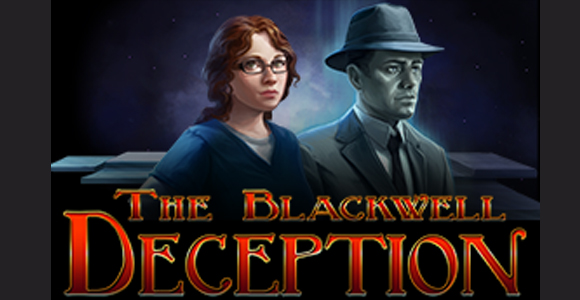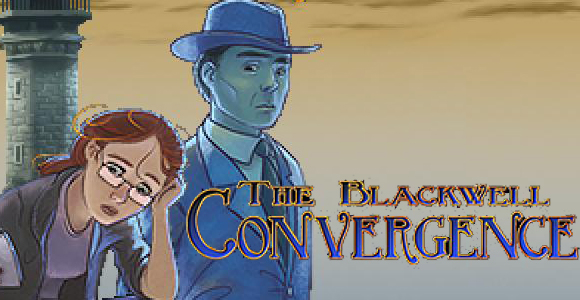Posted inPC
Review – Scoregasm (PC)
Charlie’s Games | 10.07.2011 Hey look, another indie game pretty twin stick shooter full of neon lights and fast paced action. Scoregasm was included in the Indie Royale Difficult Bundle a few weeks ago, notable because it allowed gamers to get the game for Steam before it’s been officially released for Steam. The game still isn’t available on Steam, nor does it have a store page yet. It’s still available elsewhere, just not on Steam. It’s made by the same guy who made Bullet Candy. The gameplay is pretty straight forward, fly your ship around and shoot in different directions…




